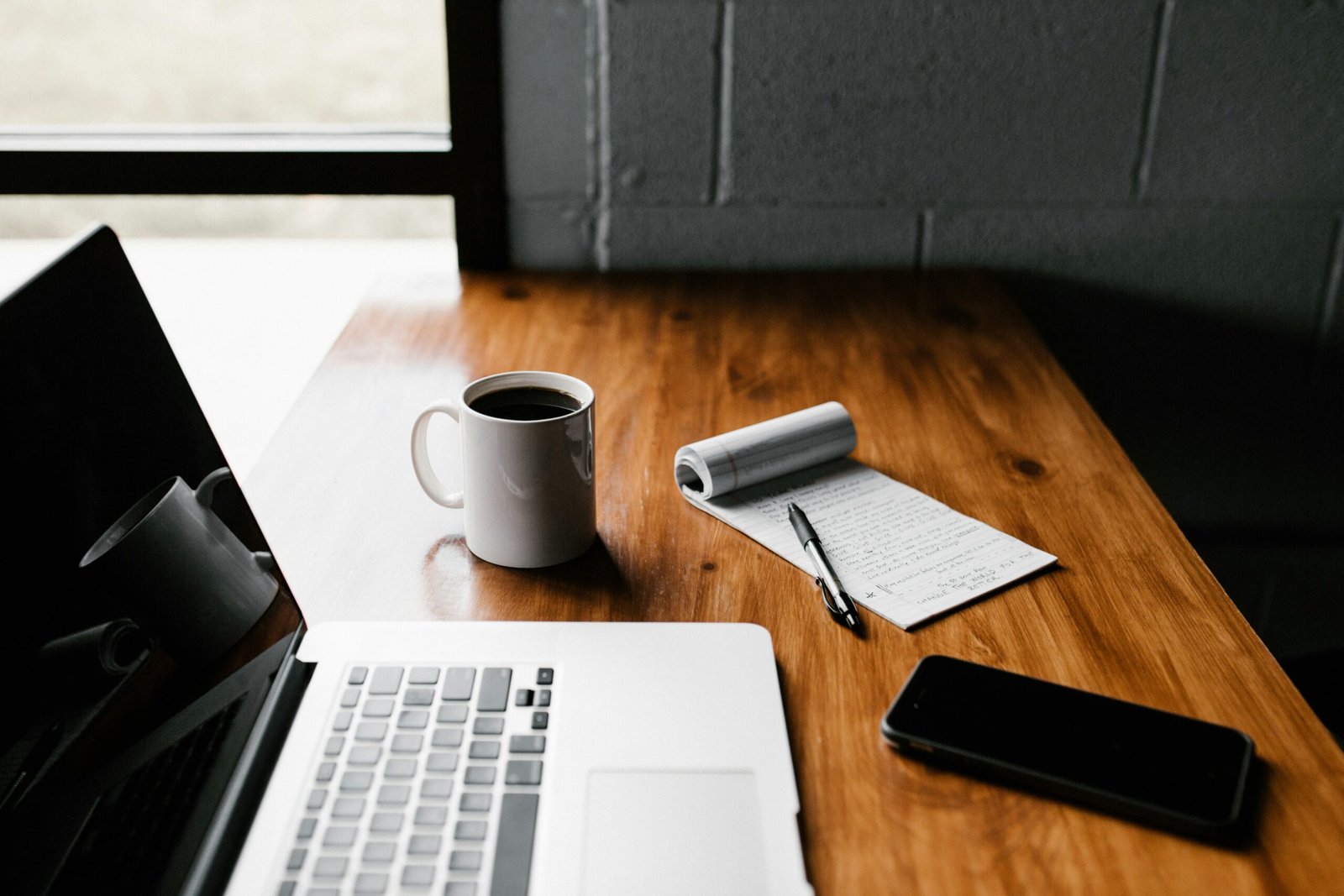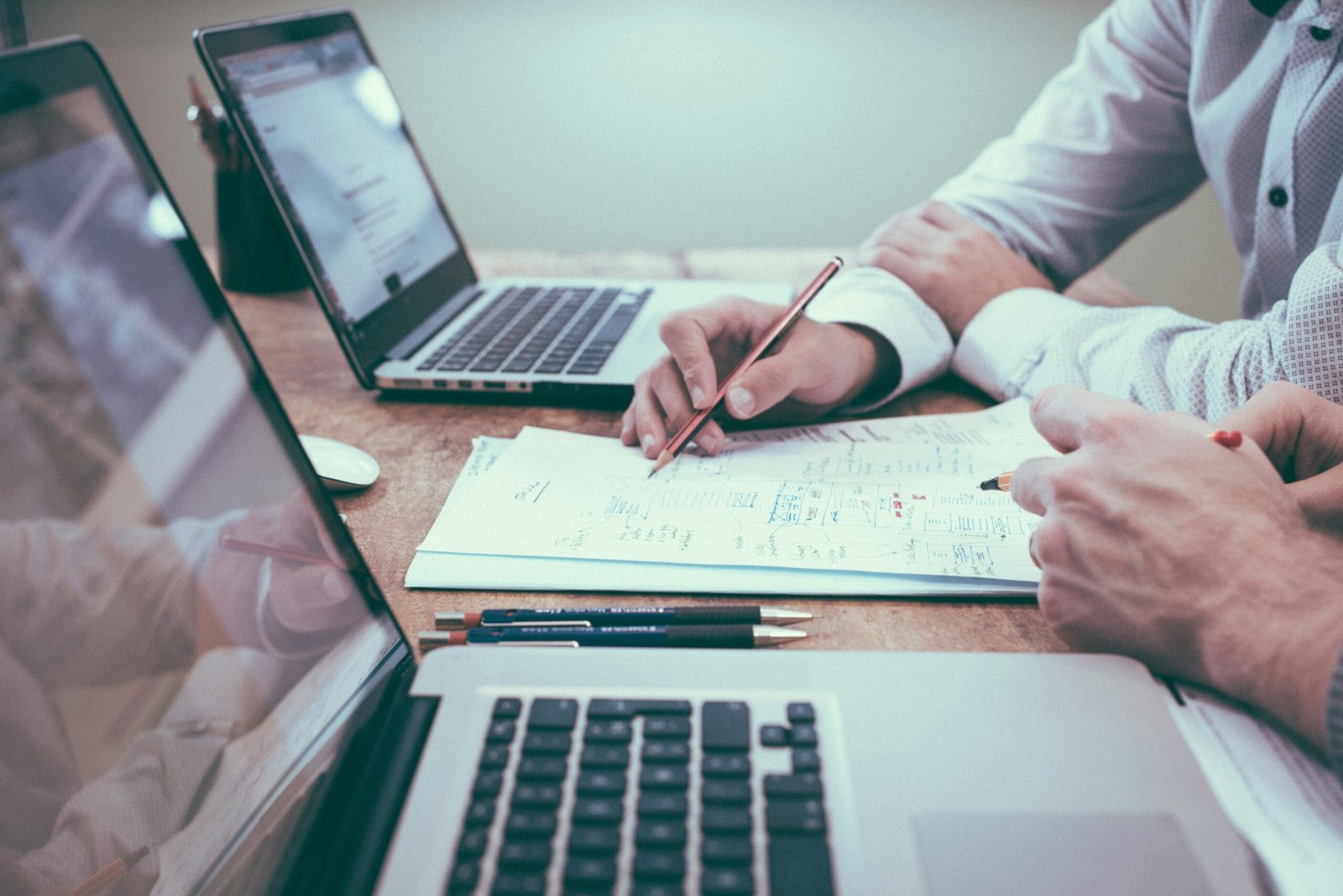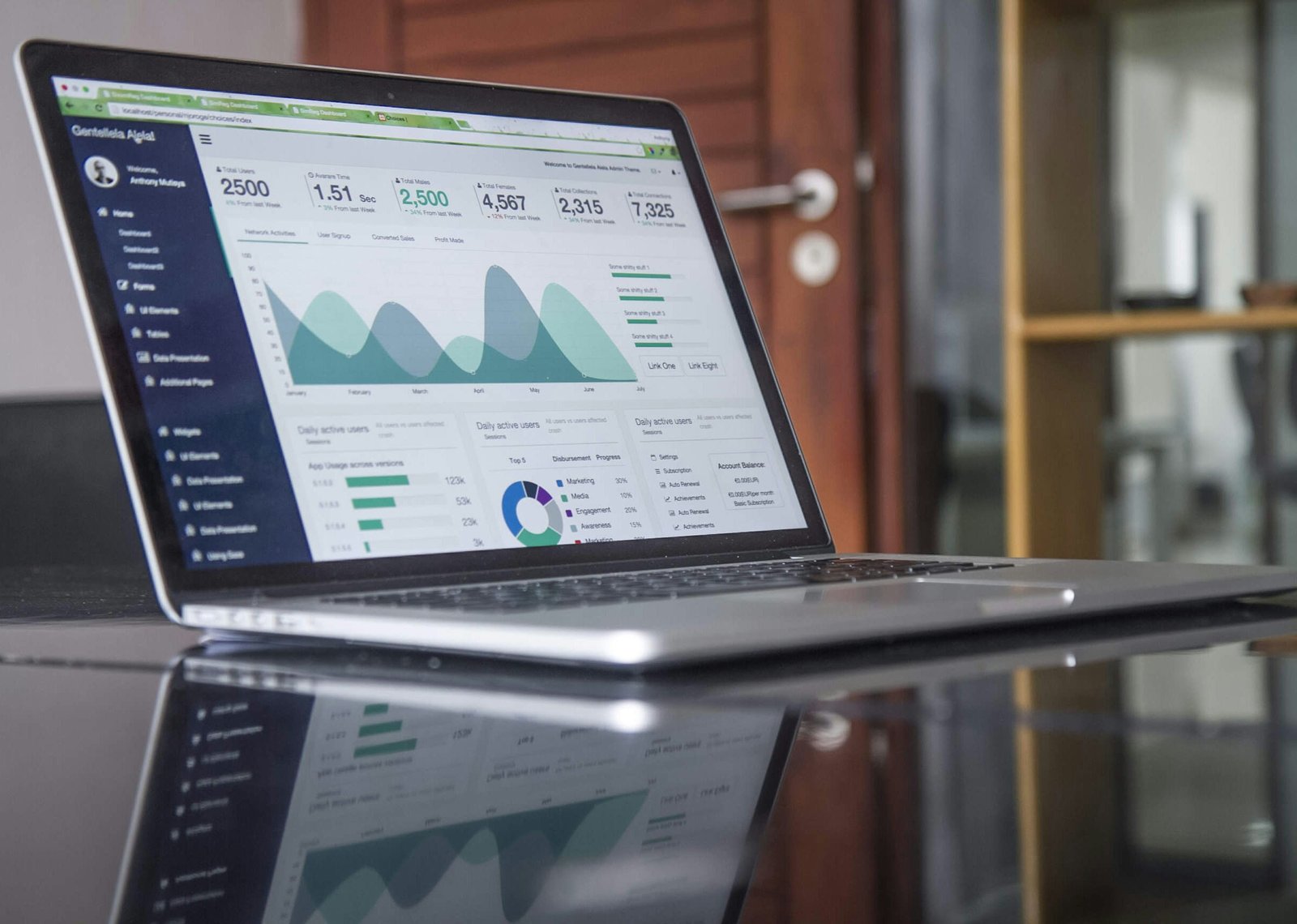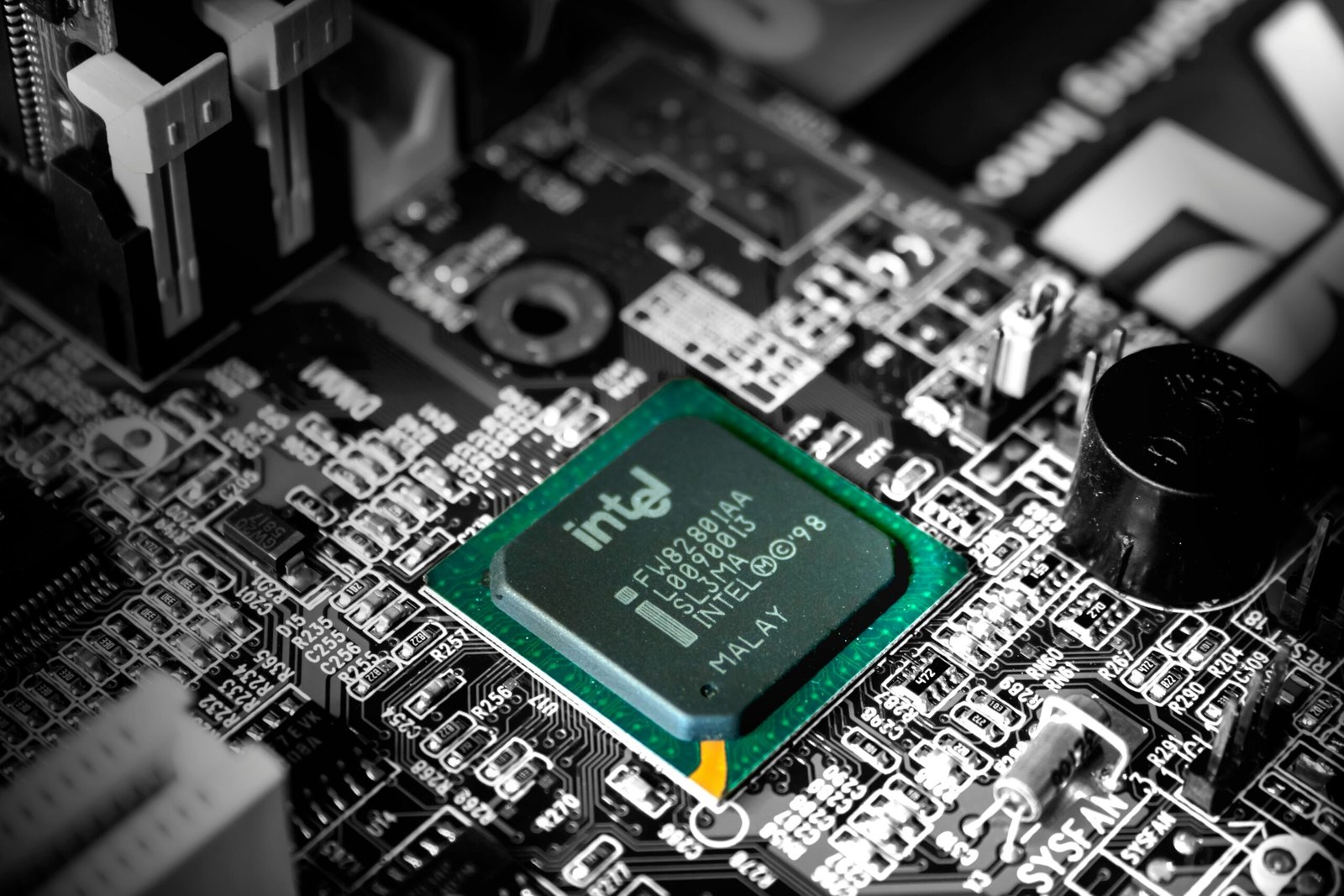Introduction
Artificial intelligence (AI) has emerged as a transformative tool across various fields, notably in the realms of art, music, and writing. The integration of AI into these creative domains is prompting both excitement and concern among practitioners and audiences alike. Some view AI as a catalyst for innovation, enabling artists, musicians, and writers to expand their creative horizons. However, a prevalent fear persists: the potential for machines to replace the human touch in these deeply personal and expressive pursuits. This blog post aims to shed light on the nuances of this relationship between AI and creativity.
As AI technologies advance, their applications within creative workflows are becoming increasingly sophisticated. Artists are utilizing machine learning models to generate new visual concepts, musicians are experimenting with AI-assisted compositions, and writers are exploring AI-driven storytelling techniques. This exploration opens up avenues for enhanced creativity, suggesting that rather than rendering human effort obsolete, AI can be a partner in the artistic process. By collaborating with AI, creatives can push the boundaries of traditional art forms and generate novel experiences that may not have been possible in a purely human context.
Moreover, it is essential to recognize that AI’s role is not to supplant human creativity but to augment it. The partnership between technology and the artist can lead to a symbiotic relationship where both benefit mutually. Through this examination of AI-enhanced creativity, we will address common misconceptions while illustrating the profound impact AI can have on human-generated works. The purpose of this article is to explore how this evolving partnership can enrich the creative landscape and to allay fears of an impending replacement of human talent by machines. By understanding the ways in which AI complements creative expression, we can better appreciate the innovation it brings to the arts.
AI in Art: Revolutionizing Visual Creativity
Artificial Intelligence (AI) has emerged as a transformative force in the art world, reshaping how visual creativity is expressed and appreciated. With the advent of sophisticated algorithms and machine learning, artists are now able to explore unprecedented forms of artistic expression. Tools such as DeepArt, RunwayML, and DALL-E have elevated the potential of visual creativity, enabling artists to generate unique artworks that were not previously feasible. These innovations facilitate the collaboration between human creativity and machine efficiency, pushing the boundaries of traditional artistic practices.
One notable case study is the collaboration between artist Refik Anadol and AI in creating data-driven artworks. Anadol’s work utilizes machine learning techniques to transform vast datasets into immersive visual experiences. By merging AI-generated images with traditional artistic methods, he highlights the potential for AI to enhance rather than replace human creativity. Similarly, the project AI Generated Art by Mario Klingemann demonstrates how neural networks can be trained to produce captivating pieces that challenge preconceptions about authorship and originality in art.
Furthermore, the integration of AI in the art market is gaining traction. Exhibitions centering on AI-generated art, such as the “Unsupervised” exhibition at the ZKM Center for Art and Media, showcase the potential of these new technologies in the context of contemporary art. In recent years, auction houses have also begun to recognize the value of AI artworks, creating a new avenue for artists and collectors alike. This highlights a significant shift in appreciating art, where AI-driven creations are not merely novelties but are earning their rightful place in galleries and private collections.
As artists continue to embrace AI as a collaborative tool, the landscape of visual creativity is positioned to evolve further. Embracing AI allows for innovative exploration of techniques, resulting in the emergence of new art forms. The intersection of technology and creativity continues to foster dialogues on the future of art, ultimately enhancing the artistic landscape.
AI in Music: Composing the Future
The integration of artificial intelligence in the music industry has opened new avenues for creativity, allowing musicians and producers to explore uncharted territories in composition and sound production. AI-driven tools are increasingly being utilized to generate melodies, harmonies, and beats, pushing the boundaries of what is possible in music creation. These advancements enable artists to experiment with diverse styles while relying on the efficiency and innovative capabilities of AI.
One notable example of AI in music composition is OpenAI’s MuseNet, which can create music across various genres by analyzing existing compositions. MuseNet combines diverse elements effectively, resulting in original pieces that retain the essence of classical and contemporary styles. Similarly, tools like Jukedeck and Amper Music allow users to generate custom soundtracks tailored to their projects, making quality music creation accessible to those without formal training. These platforms not only democratize music production but also introduce new collaborative opportunities between human musicians and AI.
Statistics indicate a significant rise in the acceptance of AI-generated music. A survey conducted by the Music Business Association revealed that nearly 60% of musicians are open to using AI tools for composition, reflecting a growing acknowledgment of its value in the creative process. As artists incorporate AI into their workflows, it is crucial to strike a balance between technology and individuality. Musicians can use AI as a collaborative partner rather than a replacement, allowing them to infuse their unique voices and perspectives into AI-assisted compositions.
By tapping into the vast possibilities offered by AI, artists are not only enhancing their creative processes but also redefining the landscape of music as we know it. This evolution heralds a future where human creativity harmoniously coexists with artificial intelligence, leading to innovative musical experiences that resonate with audiences globally.
AI in Writing: Enhancing the Written Word
The emergence of artificial intelligence (AI) has significantly transformed the writing landscape, presenting novel opportunities for content creation, editing, and brainstorming. Today, various AI writing tools have emerged, designed to assist authors, marketers, and communicators in crafting high-quality content more efficiently. Platforms such as OpenAI’s ChatGPT, Grammarly, and Jasper are equipped with advanced algorithms that analyze text, suggesting improvements in grammar, style, and tone while enabling users to generate new ideas swiftly.
AI writing tools function as collaborative partners, augmenting the creative process rather than replacing the human touch. For instance, writers can utilize these technologies to brainstorm topics, outline structures, or enhance their work’s clarity and engagement. These tools can also help identify trends and themes prevalent in a specific industry, allowing writers to create content that resonates with their target audience. By automating repetitive tasks, such as proofreading and fact-checking, AI tools enable writers to focus more on the creative aspects of their work.
Conclusion and Call to Action
Throughout this exploration of artificial intelligence’s impact on creativity within the realms of art, music, and writing, it’s clear that these advanced technologies serve as transformative tools. Rather than constraining human expression, AI encourages experimentation and innovation, opening up new avenues for artistic exploration. Artists, musicians, and writers can harness AI to augment their creative processes, leading to the development of unique works that might not have emerged through traditional means.
The integration of AI can facilitate collaboration by acting as a co-creator. For instance, in visual arts, algorithms can provide inspiration or assist in generating complex patterns. In music, AI can aid in composing new melodies or remixing existing tracks, thus expanding the possibilities within the genre. Writers can also benefit, using AI to analyze narrative structures or suggest themes, enabling them to push the boundaries of storytelling. The potential for synergy between human imagination and AI capabilities is not only exciting but also a reflection of the evolving landscape of creativity.
For those looking to delve into this innovative space, start by experimenting with various AI tools tailored to your medium. Consider platforms like DALL-E for artists, OpenAI’s MuseNet for musicians, and language models for writers. Engaging with these resources can spark new ideas and refine your creative workflows. It is essential to cultivate a mindset that embraces technology as a partner rather than a competitor in the artistic journey.
We invite you to share your thoughts and experiences regarding AI’s role in creativity. How have you utilized these technologies in your practice? Please leave your comments or questions below, and feel free to share this article on social media to foster a dialogue about the incredible possibilities AI holds for the future of artistic expression.




